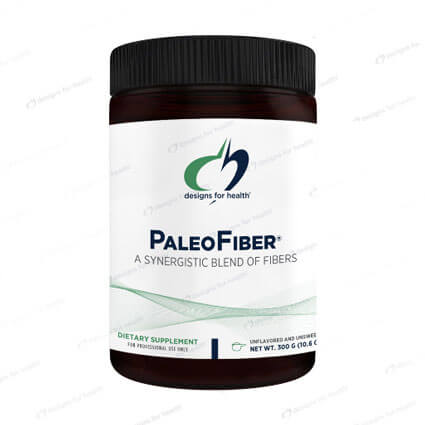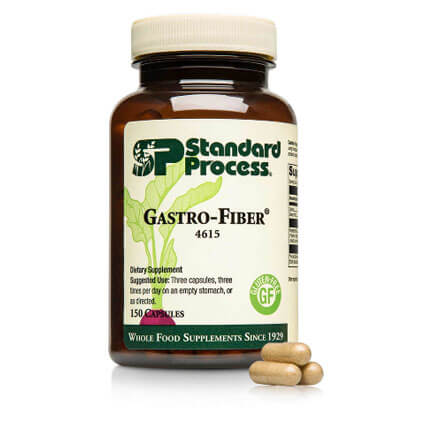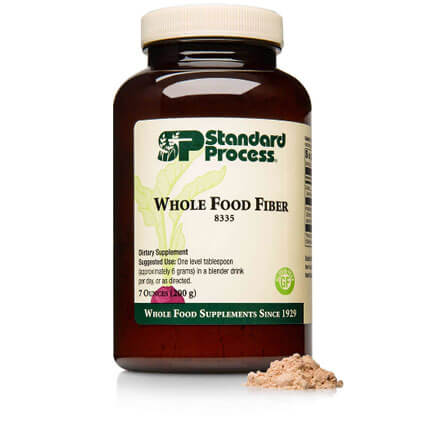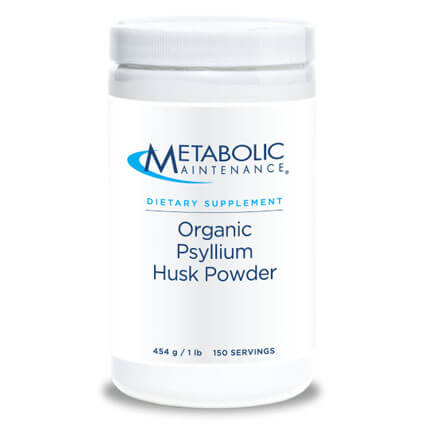What is fiber?
There are two types of fiber. Soluble and Insoluble.
Soluble fiber dissolves in water.
Insoluble fiber remains intake as it goes through your digestive tract.
Why is fiber so important?
Bacteria needs fiber to live.
If you deprive your body of fiber, even the good bacteria will have to start breaking down your gut.
There is a balance between good and bad bacteria in your gut.
When we eat a diet of high sugar, the bad bacteria flourish and eat the sugar.
With a diet of high fiber, the good bacteria have plenty of food to stay strong and healthy.
With strong and healthy bacteria in the gut, you are less likely to let the bad bacteria overgrow.
When we take antibiotics, we kill both the good and bad bacteria.
Keep the diet clean and high fiber, you give the good bacteria a chance to repopulate and keep your gut healthy.
Insoluble fiber helps your stool bulk up. This helps with constipation.
It helps protect against ColonRectal Cancer because insoluble fiber helps to clean you out.
Below are some of the top insoluble fiber foods:
- Wheat bran and wheat germ
- Oat bran
- Beans, lentils and legumes of all kinds (kidney, black, garbanzo, edamame, split peas, lima, navy, white, etc.)
- Berries, including blackberries, blueberries, raspberries, strawberries, etc.
- Whole grains, especially barley, quinoa, sorghum, millet, amaranth, oatmeal and rye
- Turnips
- Green peas
- Okra
- Spinach
- Radishes
- Rutabaga
- Coconut (grated flakes or flour)
- Cocoa
- Apples with skin
- Pears with skin
- Flaxseeds
- Avocado (Florida avocados have more than California avocados)
- Sunflower seeds
- Potatoes and sweet potatoes
- Dried apricots, prunes, raisins, dates and figs
- Almonds
- Walnuts
- 100% whole grain pasta and breads
- Passion fruit
- Popcorn




Soluble fiber absorbs water.
Have you ever made flaxseed or chia seed eggs?
When you add water to a soluble fiber, like flaxseed or chia seed, it becomes gelatin like.
This slows digestion down. It makes you feel full, and it gives you time to absorb more nutrients from the other food you consume.
The slower release also slows down the rush of sugar. Thereby controlling sugar spikes.
Let’s take a look at this top soluble fiber foods list:
- Psyllium husk and other fibers, such as gum arabic/acacia fiber and glucomannan/konjac root
- Flaxseeds
- Passion fruit
- Whole grains, like barley, oats/oat bran, amaranth, etc.
- Lentils and other legumes, like green peas
- Beans, including black, kidney, white, lima and navy beans, edamame, etc.
- Tofu and tempeh (fermented soy products)
- Avocado
- Brussels sprouts, cabbage, broccoli and other cruciferous veggies
- Sweet potato
- Asparagus
- Turnips
- Dried figs, prunes, apricots and dates
- Oranges and nectarines
- Pears
- Apples
- Peaches
- Carrots
- Corn
- Macadamia nuts
If you look at the list, you can see that some foods have both soluble and insoluble fiber.
It is hard to tell the difference between the amount of soluble and insoluble fiber when most labels list the ingredients as Fiber.
It is best to eat both from foods. This supplement by Standard Process has both.
Sweet potatoes, Avocados, Flaxseed are all great examples of healthy carbs that we need in our well-rounded diets.
You can reach out by responding to this email or text us if you have any questions on which fiber is best for you. Even better, ask me about it on your next visit if there is a certain fiber I recommend.
Yours in Health Naturally,
Dr. Kelly
